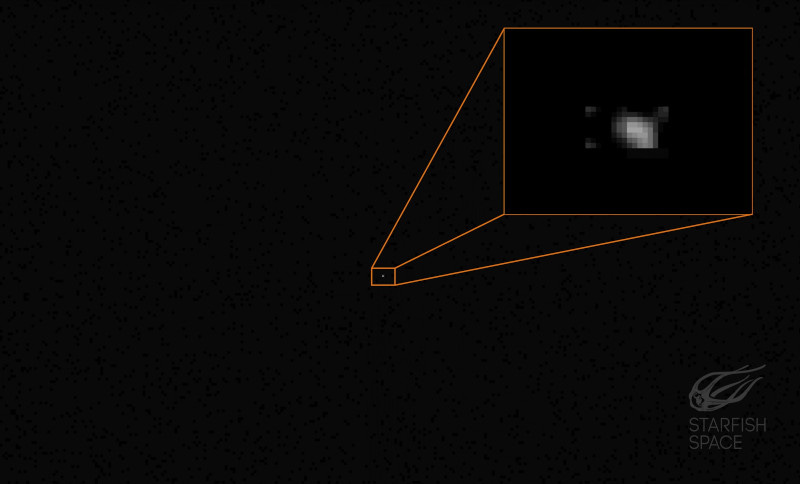Otter Pup Rendezvous with D-Orbit ION
Successful Rendezvous Is a First for Starfish Space and a Finale for the Otter Pup Mission
A successful on orbit rendezvous has been accomplished between Starfish's Otter Pup and D-Orbit's ION SCV006 satellite. The Starfish team calculated and directed precise maneuvers for ION that culminated in this successful rendezvous, with Otter Pup capturing images of the ION spacecraft as it maneuvered in close proximity. This mission represents a sig…




